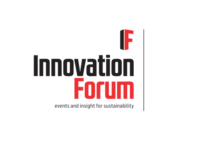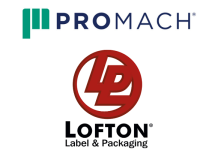Because of new ideas, concerns about safety for consumers, and government rules, the pharmaceutical business is about to enter a new era in packing. As we get closer to 2025 and beyond, a number of important trends will change the way medicines are packed in ways that will make them safer, help patients take them as prescribed, and last longer. These changes are in response to problems in the business and are positive steps toward better, more effective medication solutions.
Here are five new trends in pharmaceutical packaging that will continue after 2025.
1. Technologies for smart packaging
Smart packing is becoming more popular, which is one of the most important trends. These are meant to get patients more involved in their treatment and help them stick to their drug schedules, which are both very important for how well the treatment works. Smart blisters and bottles with built-in sensors can now keep track of doses and send messages to your phone through apps. These packing options can also send information about obedience back to healthcare workers, which lets them make changes to treatment plans in real time. As technology improves, it will become more common for packages to include Near Field Communication and the Internet of Things. This will open up new ways to connect with patients and collect useful data.
2. Environmentally Friendly Packaging for Medicines
Sustainability is still a big deal in every industry, and medicine packaging is no different. Environmentally friendly options are becoming more popular because people want them and because of government rules. More and more products are made from biodegradable and reusable materials, and businesses are choosing packages made from plant-based plastics and recovered materials. There is also a push to cut down on the total amount of packaging by reducing the number of layers and improving the design to use less material without affecting the safety or purity of the product.
3. Better safety features
More safety features in packing are needed than ever because medicines are getting more complicated and we need to make sure the products are always safe. Child-proof and tamper-evident packaging is no longer just a legal requirement; it’s becoming the standard. To stop fraud, which is a big problem in the pharmaceutical business, new technologies like hologram pictures and color-shifting inks are being used. These features make it easier to make sure that goods are real and that people get safe, effective medicines.
4. Traceability and serialization
Serialization rules are getting stricter around the world, which makes it more important to be able to track products throughout the supply chain. Unique labels that meet global standards, like the Drug Supply Chain Security Act in the US, are now often put on packaging. Not only do these labels help find and track goods, they also make recalls easier to handle and fight illegal trade.
5. Personalization of Packaging
As the use of individualized medicine grows, drug packaging is changing to keep up. There is more focus on packages made for specific groups of people, like older people who need bigger writing and easier-to-open methods. 3D printing is also being used more and more to make custom doses. This lets people customize their medicine in terms of dose, size, and delivery rate, but it needs new ways to package these custom goods.
These interesting trends will shape the future of pharmaceutical packaging. They are all driven by the main goals of making patients safer, getting people to follow the rules better, and having less of an effect on the environment. As these trends spread, they will likely completely change the way medicines are packaged, making it safer, more efficient, and better for the environment. This will help both customers and makers. As we look ahead to 2025 and beyond, it is clear that the pharmaceutical packaging industry will continue to come up with new ideas and use new technologies and strategies to keep up with changing market needs and government rules.




























